ALASKA HIKING ADVENTURES
Kenai Backcountry Adventures hiking adventures are the perfect way for active travelers to discover Alaska’s dynamic wilderness.
Explore the Alaskan wilderness on an exhilarating hike through lush vegetation, along forested trails, beaches, and alpine tundra while your guide tells you about the local history and wildlife of the area. Cap off the trip with a provided picnic lunch while gazing upon the beautiful Alaskan scenery all around you.
Photographic opportunities abound-from majestic mountain vistas to delicate wildflowers and berries. Wilderness hiking doesn’t get any better than this, and these are great trips in any weather. Wilderness Hiking Trips are guided in Homer, Cooper Landing, and Seward and vary in physical difficulty (exertion) from easy to strenuous.
Choosing Kenai Backcountry Adventures as your hiking guide is great way to enjoy hiking in Alaska safely, and confidently.
CHOOSE YOUR HIKING ADVENTURE BELOW
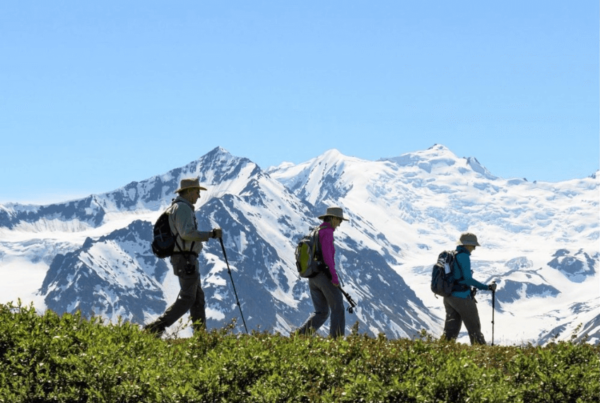
HELI-HIKING – SEWARD 4-HOUR TOUR
FROM SEWARD | MORNING & AFTERNOON TOURS
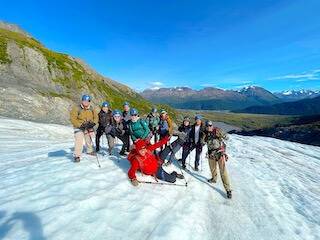
EXIT GLACIER ICE HIKING ADVENTURE
8 hrs | KENAI FJORDS NATIONAL PARK
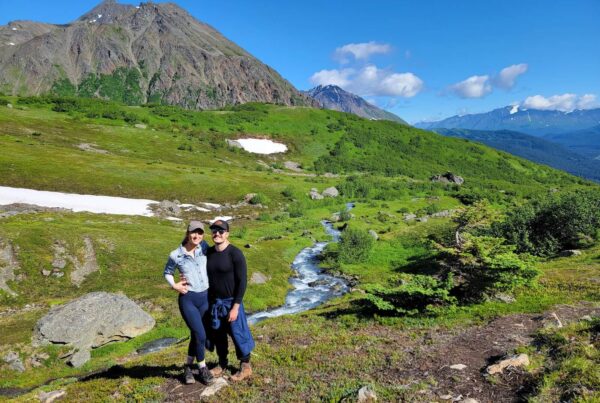
SEWARD WILDERNESS HIKING
6 hrs | CHOOSE YOUR OWN ADVENTURE
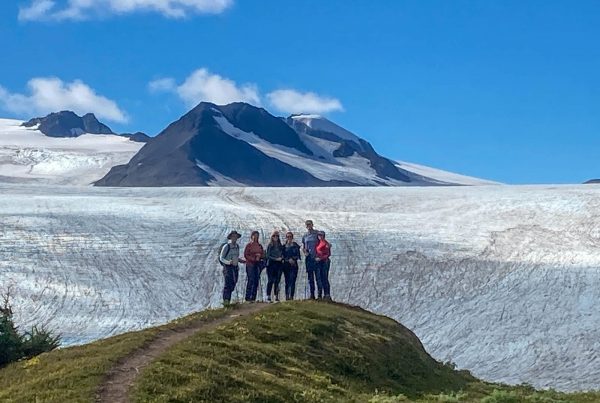
HARDING ICEFIELD TRAIL HIKING TOUR
8 hrs | KENAI FJORDS NATIONAL PARK
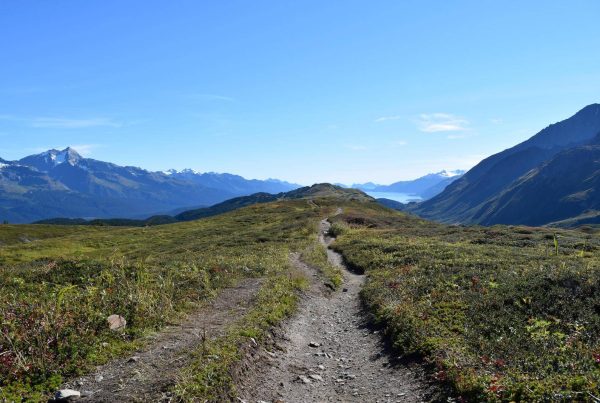
LOST LAKE TRAIL HIKING
8 hrs | CHUGACH NATIONAL FOREST

WILDERNESS HIKING IN KENAI NATIONAL WILDLIFE REFUGE
KENAI NATIONAL WILDLIFE REFUGE
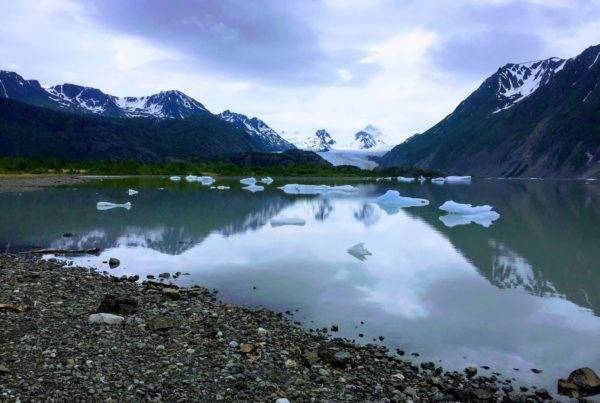
KACHEMAK BAY STATE PARK WILDERNESS HIKING
6 hrs | REMOTE BOAT-ACCESS

